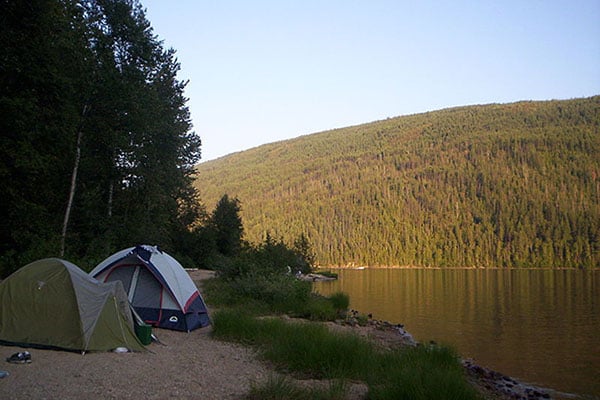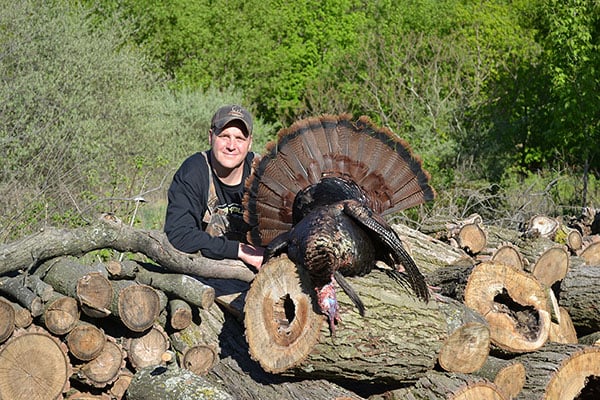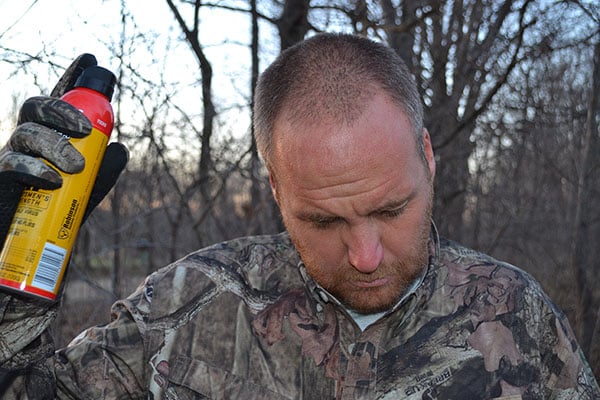Last Updated on
By David Link
It’s almost camping season again, and whether you’re enjoying nature only a few feet from your car or you’re heading into the backcountry for several nights, the selection of the right tent is paramount to a comfortable night in the wilderness. We’ll walk you through all the important factors to consider when selecting a tent so you can choose a model with longevity and enough space for your needs.
Intended Use Of The Tent
The first factor to take into consideration when selecting a tent is how you’ll typically camp. Will you be camping close to your car also known as “car camping” or will you be camping in the backcountry or far away from any roads or your car? Essentially you will need to know how heavy and bulky your tent can be depending on its intended use.
Car Camping Tents
If you only plan to camp near your car, then size and weight restrictions for your tent are far less stringent. In many car camping circumstances, larger sized tents are desired for many reasons. Families sleeping in the same tent will appreciate the additional room, there’s plenty of space for gear and pets, and occupants can stand up while inside of the tent. Since car campers don’t have to carry their tent far, the added bulk required for more space doesn’t matter as much.
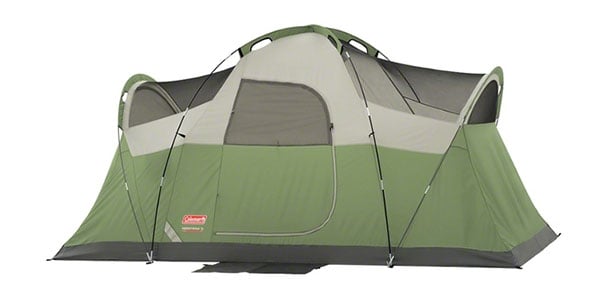
Backpacking Tents
Backpackers and those who take multi-day raft trips require different tents than what car campers use. Weight and space are at a premium in these situations, and in response their tents have to be compact, lightweight, and in many circumstances tight on total space for the occupants. Tent poles have to be light and short, and the tent has to fold up into a tight package for transport. Many manufacturers will rate their tents by weight or scenario to help backpackers gauge how suited a tent is for backpacking use. Anything under five or six pounds is bound to be designed for backpackers (unless it is a child’s tent), and tents categorized as “backpacking, super-light or ultra-light” are built for backpacking as well. “Backpacker” tents will be heavier and slightly larger than “super-light” or the even lighter “ultra-light” tents, but be aware that as you shed tent weight, the price will generally go up.
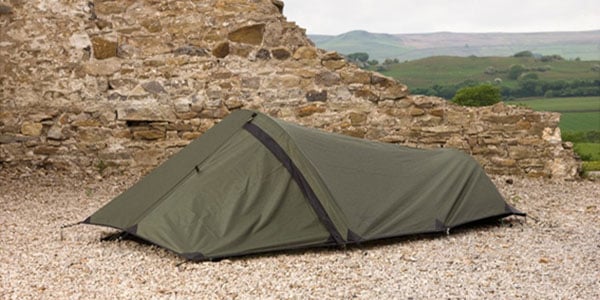
Want a tent for car camping and backpacking uses? A backpacker tent will serve the purpose for both, you just won’t have the luxury of excess space when you car camp with your backpacking tent.
Weather
Most tents are rated for three out of four seasons, winter excluded. It takes a specialized tent to camp even remotely comfortably in snow or cold, and since winter tents are used only by a select few campers and climbers, we’ll stick to the common three season tents for this article. Just keep in mind that calling a tent “three season ready” isn’t going to ensure that it’s warm or pleasant to sleep in during early spring or late fall temperatures. However these tents will provide a versatile combination of ventilation, some degree of shade, and most importantly protection from the rain and low to medium rain gusts as long as it is staked down.
Look for a tent composed of a mesh-lined inside and a rain fly or water resistant outer layer that fits on top of the mesh frame. This way you can get ventilation in your tent in hotter temperatures but restrict the wind and rain should a storm hit or as you camp in colder weather. There are also lighter spring / summer tents for those who don’t expect to camp in colder temperatures.
Size
Tents are rated by the occupants they can hold, but this rating can be misleading if you don’t understand how it works. One person tents will fit one person with little room for additional gear unless the tent is specifically designed with a separate section for additional gear. Two person tents aren’t much bigger, but they will hold two sleeping bags without much extra room for gear. Really if you want extra space to move around and store gear but still want to sleep two, then a three person or better yet a four person tent is the right choice.
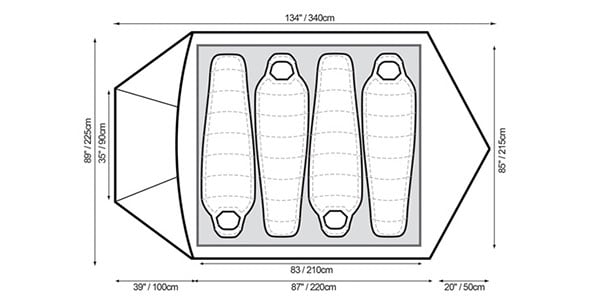
Don’t purchase a four person tent and expect it to sleep a family of four comfortably. Don’t get me wrong, it will sleep four, but it’ll be a bit of a tight squeeze for all parties. In this regard, a six to eight person tent provides a better environment to comfortably sleep four people. Backpackers are under more stress to balance space with tent size, and in their case, it is more prudent to purchase a two person tent with the intention of actually sleeping two. Note that some rain flies will stretch past the tent frame to create pockets or spaces where additional gear can be stored and relatively protected from the elements. One last note, a six person tent or larger is probably going to take two people to put up because of its size.
Tent Height
We touched upon it earlier, but tent height can be an important factor for some campers. If you’re not a fan of crawling around in your tent to access things or putting your clothes on while leaning down, then you’re going to want a tent with a high ceiling. Backpackers are going to find tents of this size in their category, and two person car camping tents are rarely this tall, but as you get up to four to eight person tents, the ceiling can be tall enough to accommodate standing for most occupants.
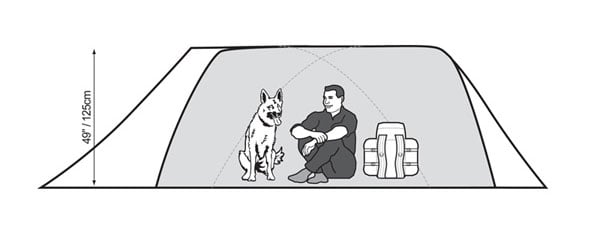
Other Tent Selection Factors
While the previous factors cover the basics for selecting a tent, the qualities listed below will improve your camping experience and make for a tent that lasts season after season.
Zipper
If anyone has ever camped in a tent with cheap zippers, they know how big of a pain it can be to deal with them, especially in colder or wet weather. Quality tent zippers are made of stout materials like steel, and they should be snag resistant. The fabric of the tent around the zippers should also be cut in a way so it doesn’t snag or get caught as you open and close the tent zippers. A great tent should have reliable zippers, otherwise the zipper could snag at an inopportune time, and you’ll end up with an open tent flap when you need it to be closed.
Seams
Quality seams will prolong the life of your tent and they are well worth having in a tent. These seams are sometimes called “factory taped” seams, and they consist of seams that are double-blind stitched with a waterproof sealant or “tape” that helps keep water out of your tent as natural wear and tear occurs. Eventually even the best seams need repair, but starting with higher quality seams will ensure a longer overall tent life.
Footprints
Another common source of tent damage comes when the floor of the tent is pierced by rocks, limbs or other debris when a tent is placed on rough terrain. Higher quality nylon materials can help prevent this as well as careful cleaning of your camp site, but a tent footprint is the best way to protect the floor of your tent. Footprints fit under the tent, and they are sized just a bit larger than the tent itself. Footprints will also improve the waterproof performance of the tent floor in situations where excessive water is present like serious downpours that result in minor flooding.
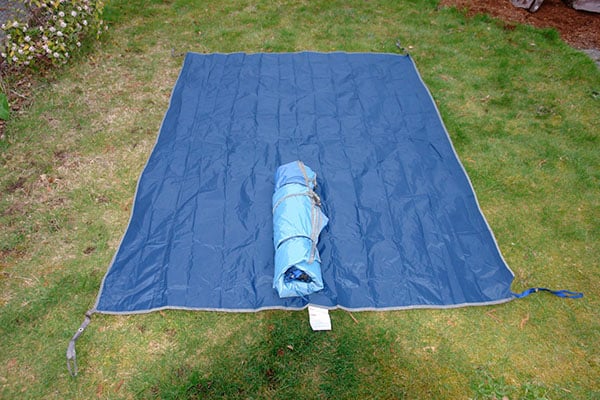
Poles
Don’t overlook the quality and attachment scheme of the tent poles that come with your tent either. Aluminum poles will provide greater strength than fiberglass poles, but they will be heavier and therefore better suited for car camping. Good tent poles will also be attached or strung together with cord so you know how they fit together and they aren’t easily lost. Tents do not come with a “wind rating” so to speak because several factors are involved when wind hits a tent, but most quality tents are designed to withstand reasonable gusts without collapsing, and this all starts with good quality tent poles and good stakes.
